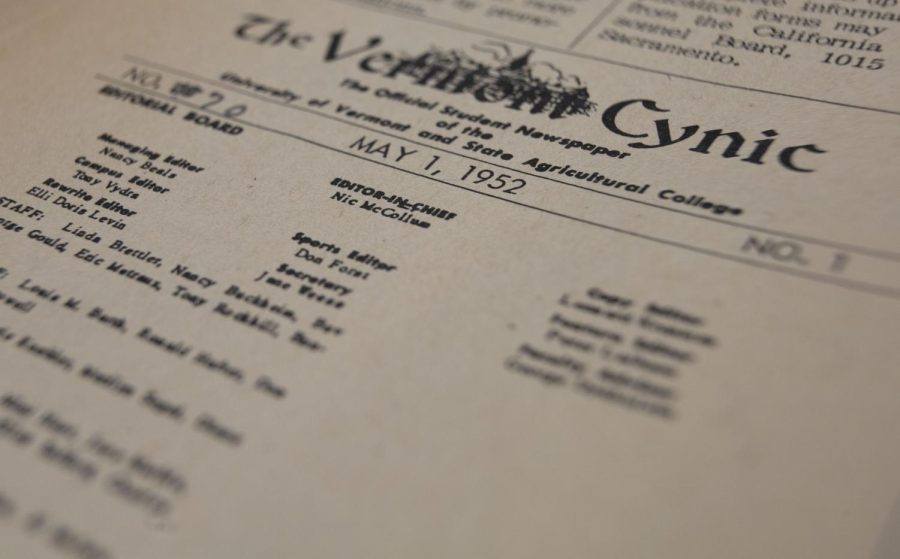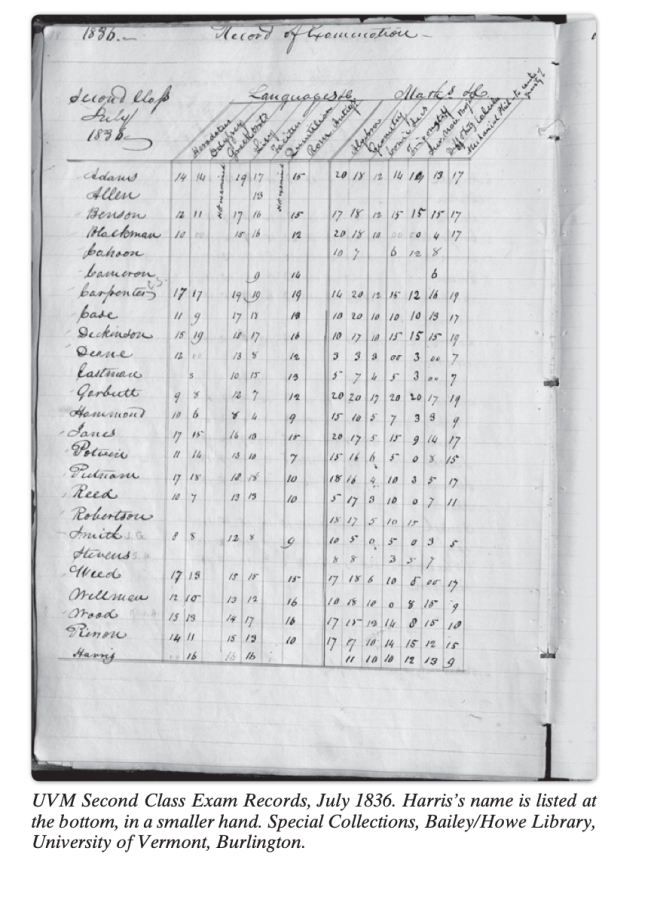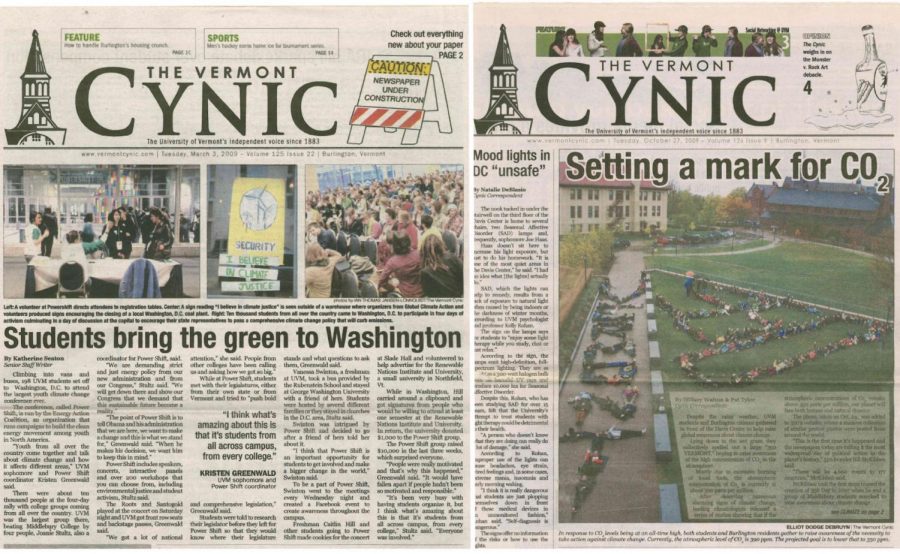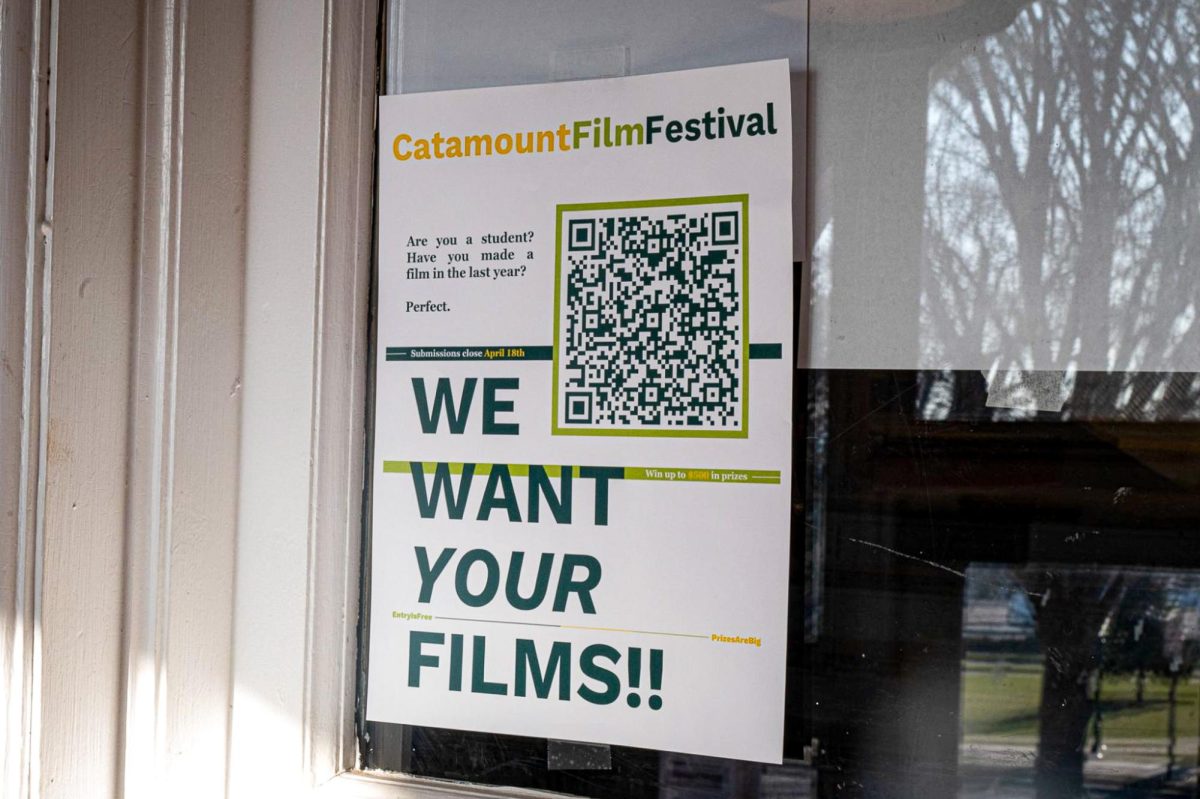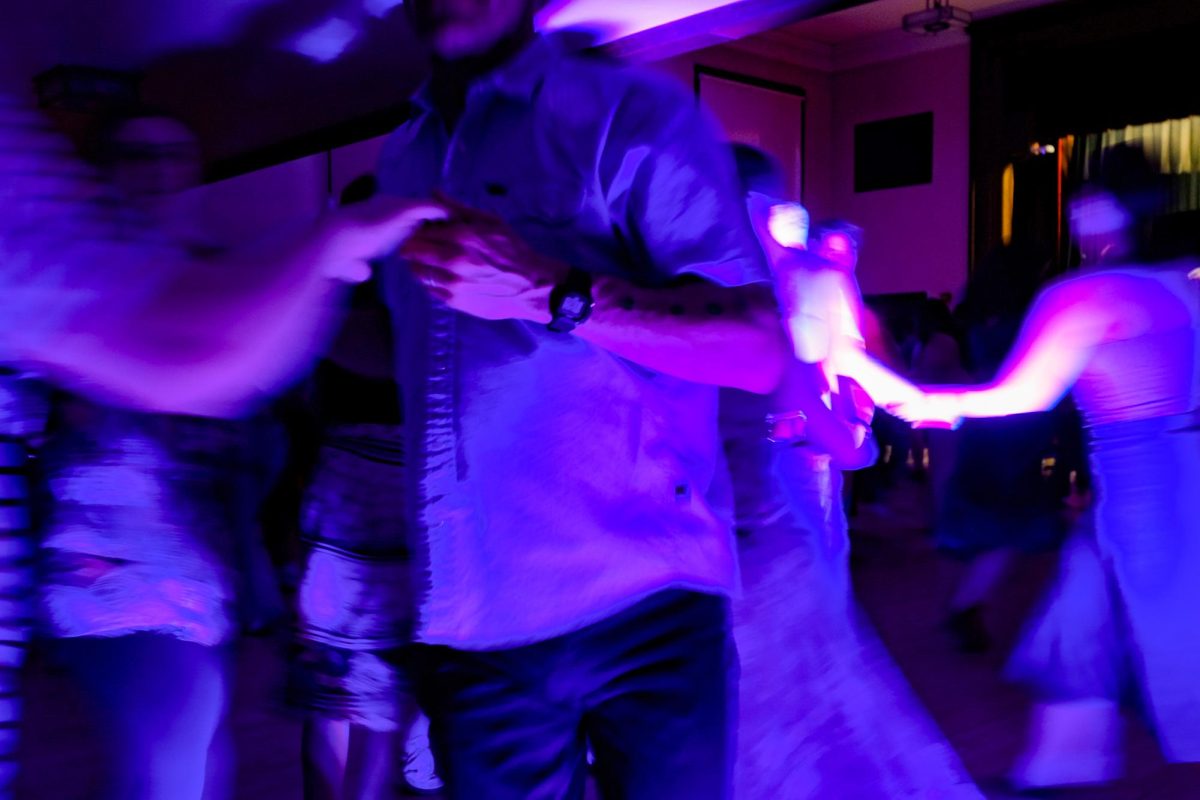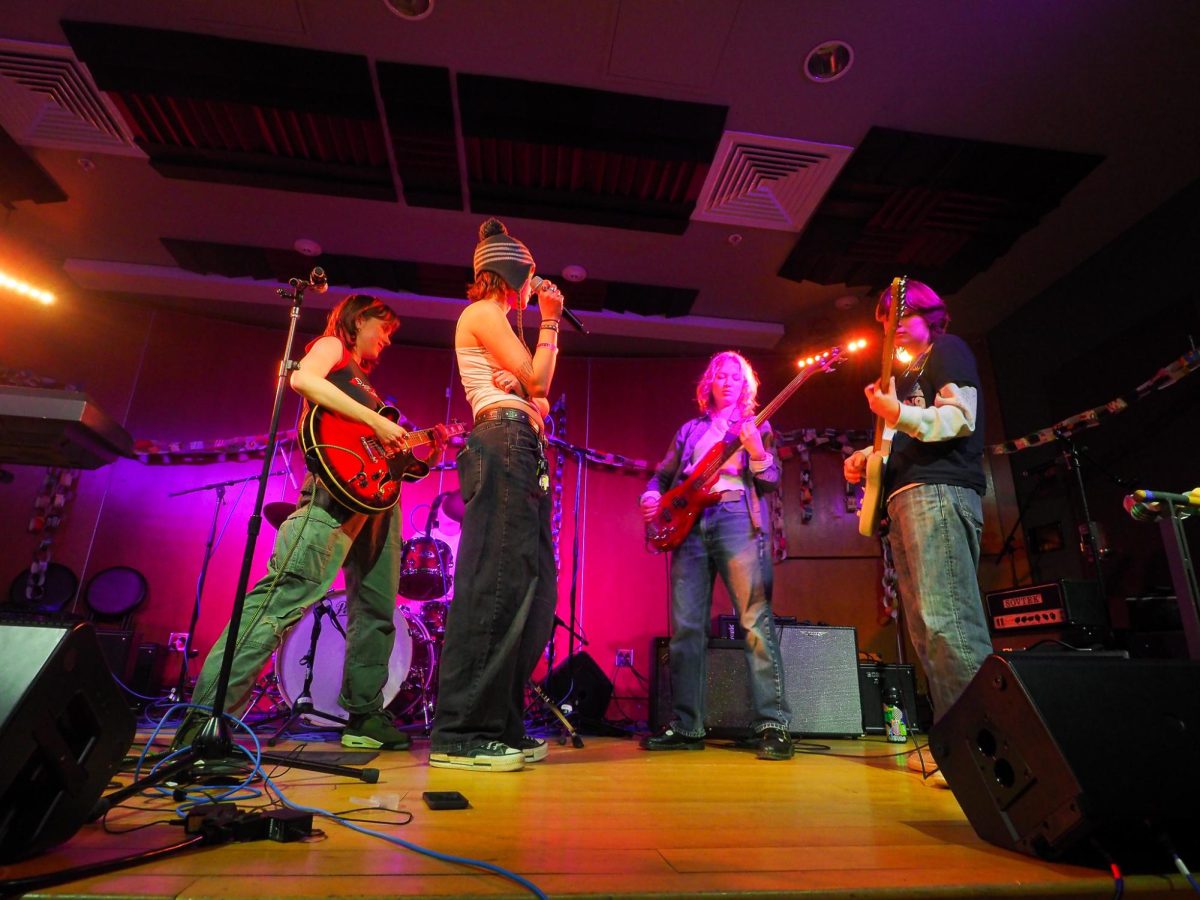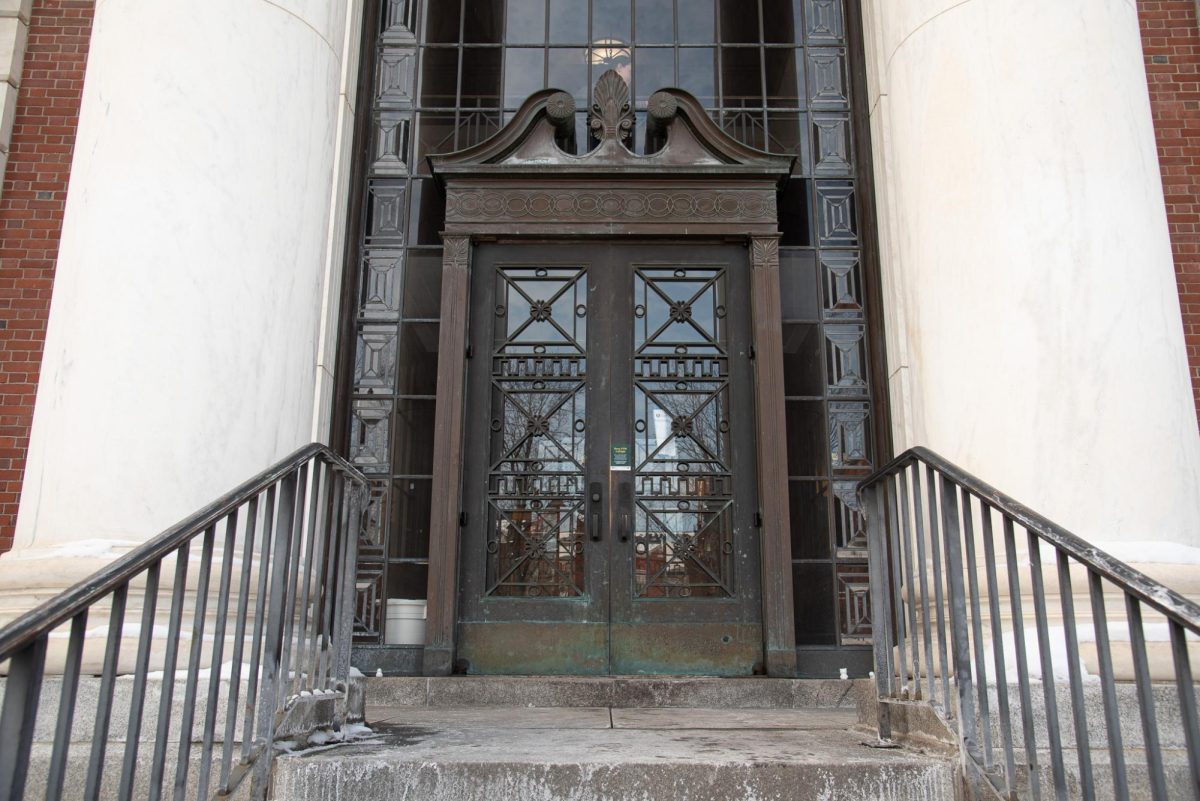Nestled against the south end of Stafford Hall exists an oasis completely undiscovered by a large portion of UVM students. This haven of green is a different kind of classroom: a revitalizing source of plant life which serves both as a laboratory and a tranquil sanctuary. The UVM greenhouse acts as a refuge not only to graduate and undergraduate botanists, but also to curious passersby, endless plant-loving insects, and its enthusiastic manager, Collen Armstrong.
Previously attached to the Hills Agricultural Sciences building, the greenhouse was moved to its current resting spot against Stafford Hall when Stafford was constructed in 1991. Armstrong came to the greenhouse one year later. “Many people in the Living and Learning [Center] and surrounding areas of the greenhouse are aware of it, but it is common that students can spend four years here without ever discovering it,” Armstrong said, while coiling a hose near the end of the day.
Currently, the greenhouse is equipped with modern technologies to maintain the specific conditions necessary for optimum plant growth. All systems, with the exception of two air conditioning units, are monitored by a greenhouse monitoring computer program known as “GEMLink.” Sensors hanging between the plants test the air for humidity and temperature levels every 60 seconds, and relay these levels to a computer, where they can be monitored and adjusted.
The first two rooms of the greenhouse are the most accommodating to the curious visitor; they are home to over 350 species of plants, many of which are representative of unique botanical families.
“When we get tired, we just come down here and take in a little aromatherapy,” said Armstrong, rolling a piece of rosemary between her fingers. Some of the most refreshing smells are just a scratch and a sniff away, including a cinnamon tree, a Persian lime tree, and an invigorating lemongrass – a flavor common in many Thai dishes. The greenhouse also has sugar cane, chocolate and coffee trees, a nectarine-peach-plum tree made by grafting parts from each tree onto a disease-resistant root stock, and even a young Sequoia tree.
The greenhouse serves not only as a resource for teaching classrooms, but also as the site for graduate and undergraduate research projects. According to Armstrong, “right now, about 55% of the greenhouse is used for research, and about 45% is used for teaching purposes.”
Reed canary grass, or Phalaris arundinacea, is one plant which is currently the subject of greenhouse research. The grass was originally recommended to be used to help manage excess nitrogen and phosphorus from dairy farms near lakes.
The plant would help to absorb nitrogen and phosphorous, thereby reducing the amount of pollution in nearby bodies of water. However, the strain of grass planted was later observed to have invasive qualities. Currently, researchers are examining native and invasive genotypes of the grass found in Europe and North America.
Undergraduate pursuits in the greenhouse range from students growing tomatoes for PSS 127, Greenhouse Operations and Management, to an experiment aimed at determining the growth, spread, and inter-competitive characteristics of two types of grasses: Phalaris arundinacea and Festuca ovina.
Students wishing to come in from the cold and escape from regularly scheduled academia can come take a stroll through the balmy halls of the UVM greenhouse, and see what botanical gems it has to offer. Greenhouse hours are 8-4:30, Monday through Friday.


